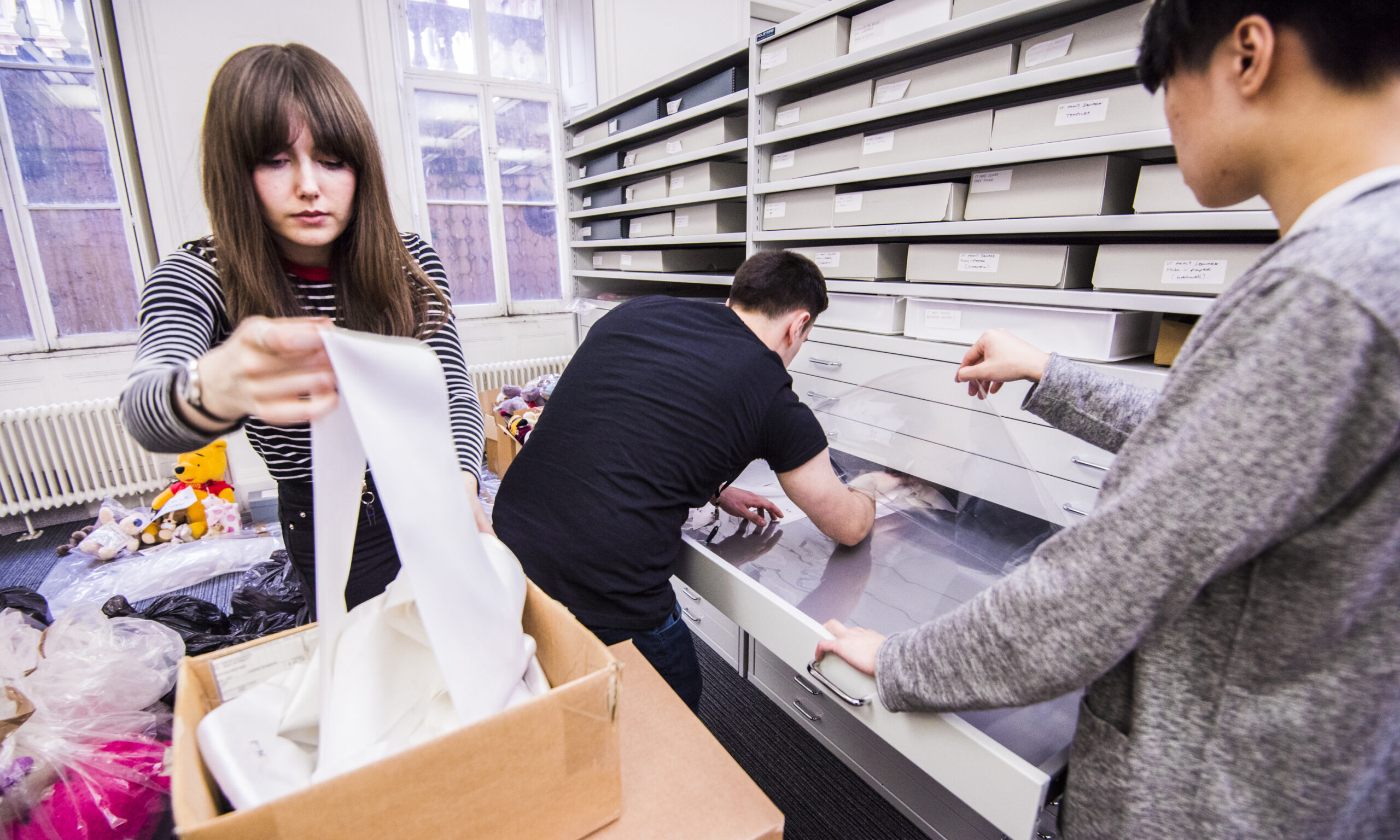Exploring the framework

PLAN
The preparedness phase helps you to prepare, learn, allocate and network

CARE
The acute phase is where you use context to help you assess, respond and engage

HEAL
Heal, employ, adapt and legacy – this stage is all about long term management
Understanding the framework
|
PLAN (Preparedness Phase)
Proactive preparedness, including developing strategies, policies, and support mechanisms while training for potential challenges. It emphasizes networking with stakeholders and allocating resources to ensure readiness for collecting and documenting spontaneous memorials. |
|
|---|---|
| Key Steps |
Prepare
Learn
Allocate
Network
|
|
CARE (Acute Phase)
Understanding the event’s context, assessing organizational capacity, and prioritizing the needs of communities and stakeholders. It requires implementing a sensitive and inclusive response plan while ensuring consistent and transparent communication with affected communities. |
|
| Key Steps |
Context
Assess
Respond
Engage
|
|
HEAL (Longer-term Management and Engagement Phase)
Evaluation of any collected/documented spontaneous memorials and their future in long-term storage, access, and interpretation. It requires transparent decision-making and aligning evaluation findings with longer-term goals, engaging stakeholders in ongoing dialogue, and sustaining support for the collection’s ongoing value and care. |
|
| Key Steps |
Heal
Employ
Adapt
Legacy
|
